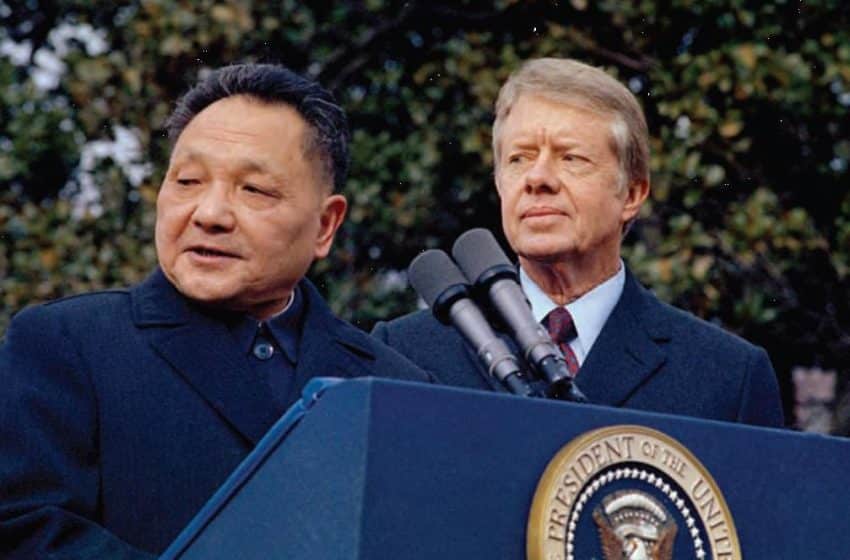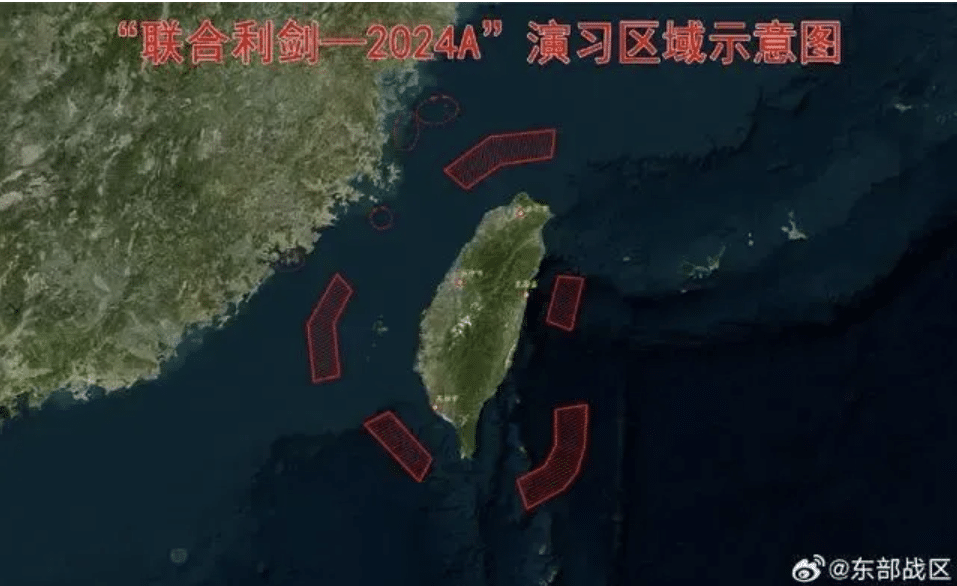What Caused President Trump to Change His Mind?
President Donald Trump has once again utilized the telephone, this time to engage with Xi Jinping of China. Similar such instances have had a varying degree of ramifications on geopolitical stability. The outcomes of these interactions have ranged from a very positive talk with President Vladimir Putin on security to fairly abysmal in the case of hanging up rudely with the Prime Minister of Australia. Of particular significance was the President’s call with Taiwan’s president Tsai Ing-wen. This call threatened to destabilize the American relationship with the Peoples Republic of China by disregarding the One China Policy. However, the fire of this fear has been quenched as of last Thursday. with President Trump’s affirmation to the Chinese leader that he would indeed adhere to the policy. The following is an overview of the U.S and Chinese perception of why this shift might has occurred, as well as its implications on the future of U.S China relations.
 The official White House statement after the call labeled the conversation as being “extremely cordial”, with the reasoning being of course that “President Trump agreed, at the request of President Xi, to honor our “One China policy.” There has been some contention as to which One China Mr. Trump has re-subscribed to, with the Financial Times reporting his saying “he would abide by the diplomatic formula that Beijing and Taipei agreed in 1992”. Under this arrangement both sides agreed that there was only One China, but interpretation of this decree was up to both parties involved. The official White House statement was not specific on this matter, and neither was that put out by Beijing via Xinhua News.
The official White House statement after the call labeled the conversation as being “extremely cordial”, with the reasoning being of course that “President Trump agreed, at the request of President Xi, to honor our “One China policy.” There has been some contention as to which One China Mr. Trump has re-subscribed to, with the Financial Times reporting his saying “he would abide by the diplomatic formula that Beijing and Taipei agreed in 1992”. Under this arrangement both sides agreed that there was only One China, but interpretation of this decree was up to both parties involved. The official White House statement was not specific on this matter, and neither was that put out by Beijing via Xinhua News.
The U.S media presents a few possible reasonings behind the change in Trump’s stance towards the One China Policy. The New York Times has characterized the move as a “significant reversal” and that the shift was “designed to put an end to an extended chill in the relationship between China and the United States,” and repair damage to the relationship caused by President Trump, such as his appearance on Fox News Sunday where he can be seen saying “I fully understand the ‘one China’ policy, but I don’t know why we have to be bound by a ‘One China’ policy.” In terms of motivation, Cheng Li of the John L. Thornton China Centre of the Brookings Institution feels the shift occurred because “improving US relations with China and Russia is part of Trump’s global strategy.” Simon Denver and Philip Rucker of the Washington Post also take a similar stance that the US needed to interpret the “One China policy” as a baseline necessity to conduct business with China, and they observe the true case for the shift being the realization that “relations would never get off the ground without endorsing the One-China idea.”
Chinese news sources have been quick to praise President Trump on his change of mind, with the Global Times declaring that “Trump has stopped openly challenging China’s core interests, and instead showed respect to Beijing,” and it is widely reported President Xi has expressed his pleasure about the exchange. In an Op-Ed published by CNN Zhang Baohui of Lingnan University pointed out that, “adherence to the One China principle has at least removed a short-term obstacle to Sino-US relations” and sets the stage for future collaboration on issues such as trade and North Korea, but cautions that the U.S should “refrain from using the principle to pressure Beijing on the trade front.” Li Haidong at China Foreign Affairs University also takes the positive high ground, seeing Trump’s revised stance on the One-China policy as being a result of “revolving discussions within the Trump team on China policies and the end of the team’s internal divergence.”
By looking at these statements one could gather that Chinese opinion on Trumps newfound adherence to “One China” may well be a Win-Win for both Washington and  Beijing. This is not the case however, and some Chinese academics such as Asia Pacific analyst Zhong Feiteng at the Chinese Academy of Social Sciences see Trump’s motivation as not being wholly altruistic. Zhong himself views the move as being domestically motivated by Trump’s necessity to fulfill promises of increased economic prosperity in the U.S. More negative still is the idea put forth by Shi Yinghong of Reming University, who observes China as being the winner in this situation because as he notes, “Trump lost his first fight with Xi” and he will be looked at as a paper tiger or zhilaohu (紙老虎), something that at first seems threatening but folds in on itself when opposed.
Beijing. This is not the case however, and some Chinese academics such as Asia Pacific analyst Zhong Feiteng at the Chinese Academy of Social Sciences see Trump’s motivation as not being wholly altruistic. Zhong himself views the move as being domestically motivated by Trump’s necessity to fulfill promises of increased economic prosperity in the U.S. More negative still is the idea put forth by Shi Yinghong of Reming University, who observes China as being the winner in this situation because as he notes, “Trump lost his first fight with Xi” and he will be looked at as a paper tiger or zhilaohu (紙老虎), something that at first seems threatening but folds in on itself when opposed.
The Chinese and U.S perception as to why President Trump has shifted his stance on “One China” differ, but the fact cannot be ignored that it was necessary. Both sides agree the one China policy is the baseline for the United States and China to return to normalized relations. There was a threat to this relationship by President Trump’s actions in breaking protocol in relation to Taiwan since winning the nomination in November 2016. While it may have taken the new administration time to reach this conclusion through a term of pushing and testing the Chinese resolve on the issue, what matters is that both parties seem to have made it back to the same page. The road ahead may be fraught with challenges, but at least for now the U.S and China will be walking a path which has been worn by the hard work of its diplomatic predecessors, and no longer into the dark of the unknown.
Daniel Grober is one of the Spring 2017 interns at the Carter Center’s China Program. You can follow him on Twitter @Daniel_Grober.









